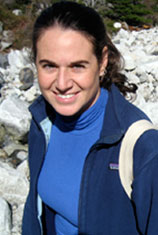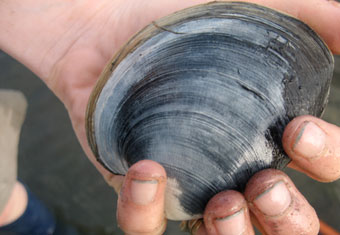

Abstract
Estuarine ecosystems are plagued by nutrient over-loading, or eutrophication, from sewage and agricultural pollution, which disrupts food webs and causes mass kills of marine organisms. Bivalve species play an important role in reducing eutrophication by consuming algae and stimulating microbial nitrogen cycling, which limits algal blooms and dead zones. Yet our understanding of bivalves’ control of eutrophication is limited because scientists have seldom investigated the integrated effects of bivalve behavior and survival, and the range of these effects in field conditions. I propose a comprehensive, regional field study of bivalve effects on estuarine nitrogen cycling and, in turn, of eutrophication effects on bivalve fitness to inform shellfishery management and restoration efforts.
I will investigate how four major mid-Atlantic shellfishery species – eastern oyster, ribbed mussel, soft shell clam, and quahog clam – reduce algae and nitrogen concentrations and vary in their growth, predation mortality, and survival in different eutrophication regimes. The selected species differ in their ecological habits as well as their low oxygen tolerance and thus I predict that their capacity to reduce the deleterious effects of eutrophication will be contingent on environmental conditions. In quantifying the contribution of bivalves to nutrient regulation services, and the conditional variation in this contribution, this research will arm managers with critical data for designing economic incentives for widespread shellfish restoration activities.
